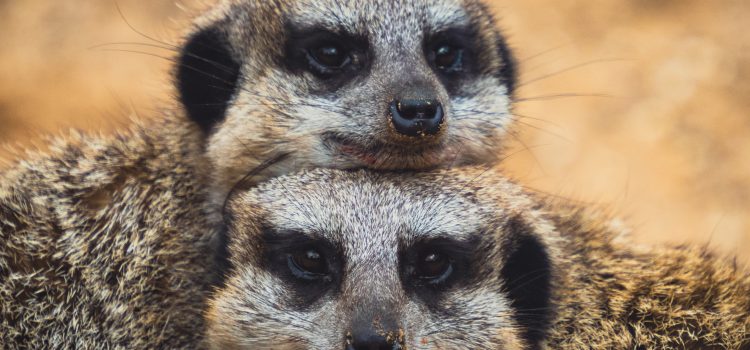
Meerkats may be small in size, but they play a crucial role in the ecosystems where they reside. Found primarily in the Kalahari Desert of southern Africa, meerkats are a type of mongoose and live in large groups called mobs or clans. These social animals have adapted to survive in harsh environments and their presence has a ripple effect on their ecosystem.
Meerkats are known for their cute and curious appearance, but they are also skilled hunters and efficient foragers. They primarily eat insects and small rodents, but they will also consume scorpions, spiders, and even small reptiles. As a result, meerkats help control populations of these prey species, which can become pests or spread disease if left unchecked.
But meerkats also serve as prey for larger predators such as eagles, hawks, and snakes. In response, meerkats have developed a complex social structure that helps protect them from these threats. They have a designated lookout or sentry that keeps watch for predators while the rest of the mob forages for food. When the sentry spots danger, it emits a warning call, which prompts the meerkats to quickly retreat to their burrows.
Meerkats also play an important role in maintaining the health of their ecosystem. They dig burrows that provide shelter for other animals, including reptiles, birds, and small mammals. These burrows can also provide refuge during fires or droughts. Additionally, meerkats help aerate the soil and spread plant seeds as they forage for food, which can improve the health of the vegetation in their habitat.
Unfortunately, meerkats face threats from human activities such as habitat destruction and hunting. As their habitats are destroyed or fragmented, meerkat populations become isolated and more vulnerable to predation and disease. In addition, meerkats are sometimes hunted for their fur or as a source of food.
Conservation efforts are underway to protect meerkats and their habitats. Some national parks and reserves in southern Africa have implemented measures to protect meerkats and their burrows, while researchers are studying meerkat behavior and ecology to better understand their needs and how to protect them.
In conclusion, meerkats are an important and fascinating part of African ecosystems. Their presence has far-reaching effects on their environment, from controlling pest populations to providing shelter for other animals. As humans continue to impact these habitats, it is important to recognize the role that meerkats play and take action to protect them and their ecosystems for future generations.










